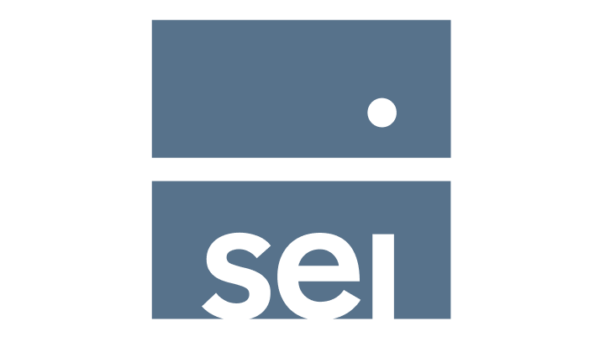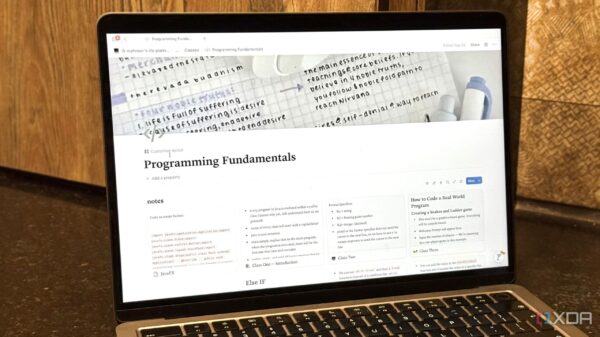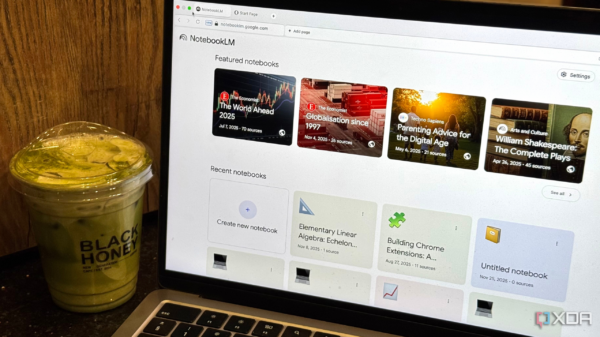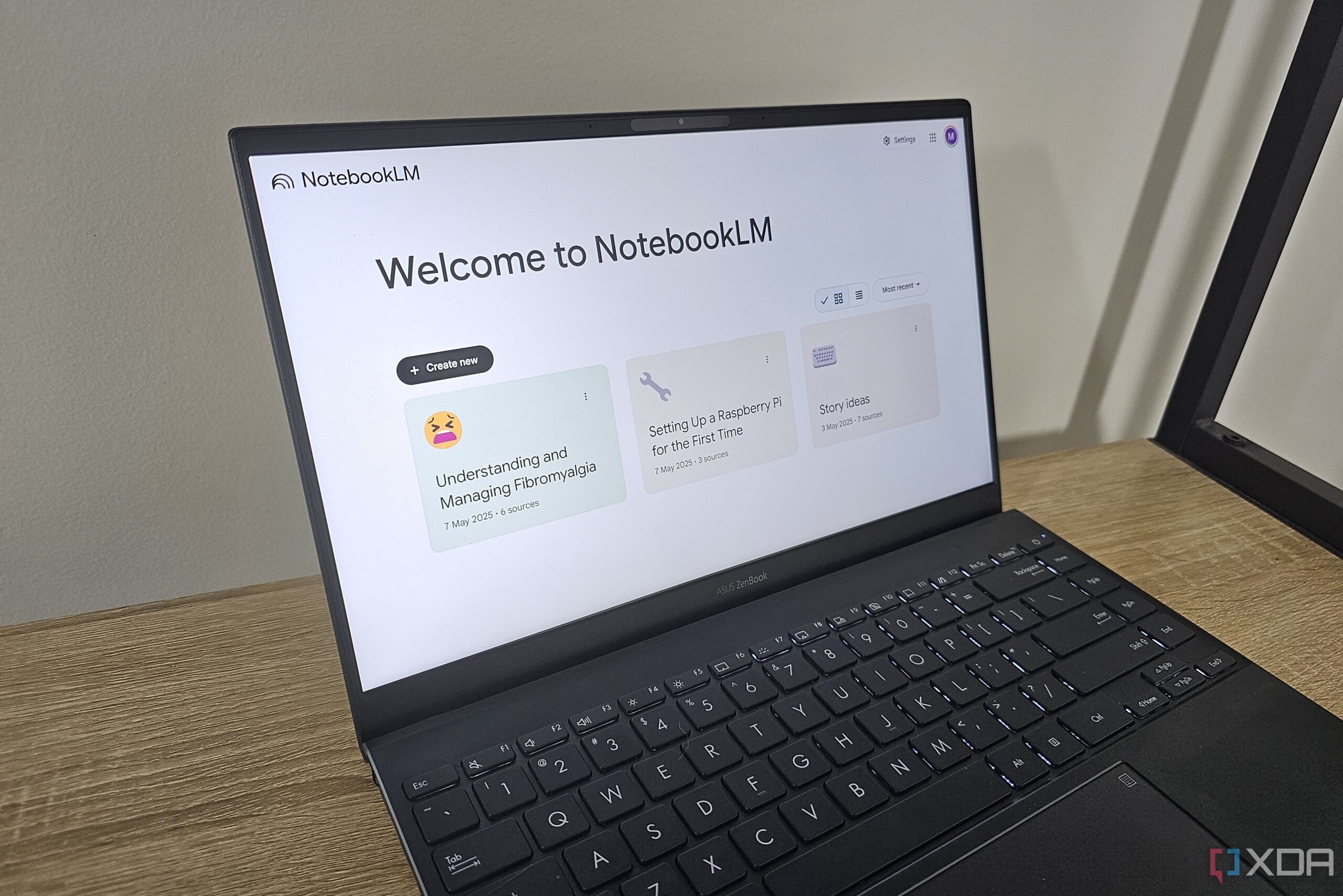UPDATE: Users are calling for immediate improvements to NotebookLM as flaws in its usability become apparent. Despite its impressive capabilities, the generative AI tool has come under fire for several critical issues that hinder user experience, particularly following its partnership with OpenStax in May 2025.
The latest feedback reveals that while NotebookLM excels at allowing users to select sources, its source viewing functionality is severely limited. Users report that the Sources pane occupies only about a third of the screen, making it challenging to engage with content effectively. This limitation hampers the learning potential of the platform, especially for users eager to explore new subjects like psychology.
“Viewing sources is inefficient,” a user noted, emphasizing that the plain text formatting makes crucial information difficult to discern. Users have found themselves reverting to original OpenStax resources instead of utilizing NotebookLM’s features, highlighting a critical gap between expectation and reality.
Another pressing issue lies in the platform’s video generation capabilities. Users attempting to create informative videos about complex topics like chronic migraines found that even specific prompts resulted in content that recycled existing information rather than providing tailored insights. One user lamented, “The video barely addressed my specific question, focusing instead on generalities.”
NotebookLM is lauded for its citation capabilities, but problems arise with video sources. Users discovered that the absence of timestamps makes navigating lengthy video transcripts frustrating. “It’s tough to find relevant information when citations don’t lead you to the exact moment,” said a frustrated user.
Mobile functionality is also in the spotlight, particularly for Android users. The mobile app, launched in May 2025, has been criticized for its lack of syncing with saved outputs, leaving users without access to key features. “I expected the mobile experience to match the web version, but it’s far behind,” complained a frequent user.
Additionally, the introduction of featured notebooks has sparked dissatisfaction. These notebooks dominate the home page, pushing user content down and providing little value. Users have expressed that these notebooks are stale and do not reflect current partnerships or content updates, making the feature feel more like an advertisement than a resource.
The community’s concerns highlight the urgent need for Google to address these usability flaws. As one user put it, “NotebookLM has great potential, but it needs these fixes to truly be effective as a learning tool.”
Going forward, users are eager to see how Google responds to this feedback and if enhancements will be implemented swiftly. With users increasingly reliant on digital learning tools, the demand for a seamless, effective experience is more critical than ever. Stay tuned for updates as this situation develops.







































































